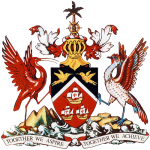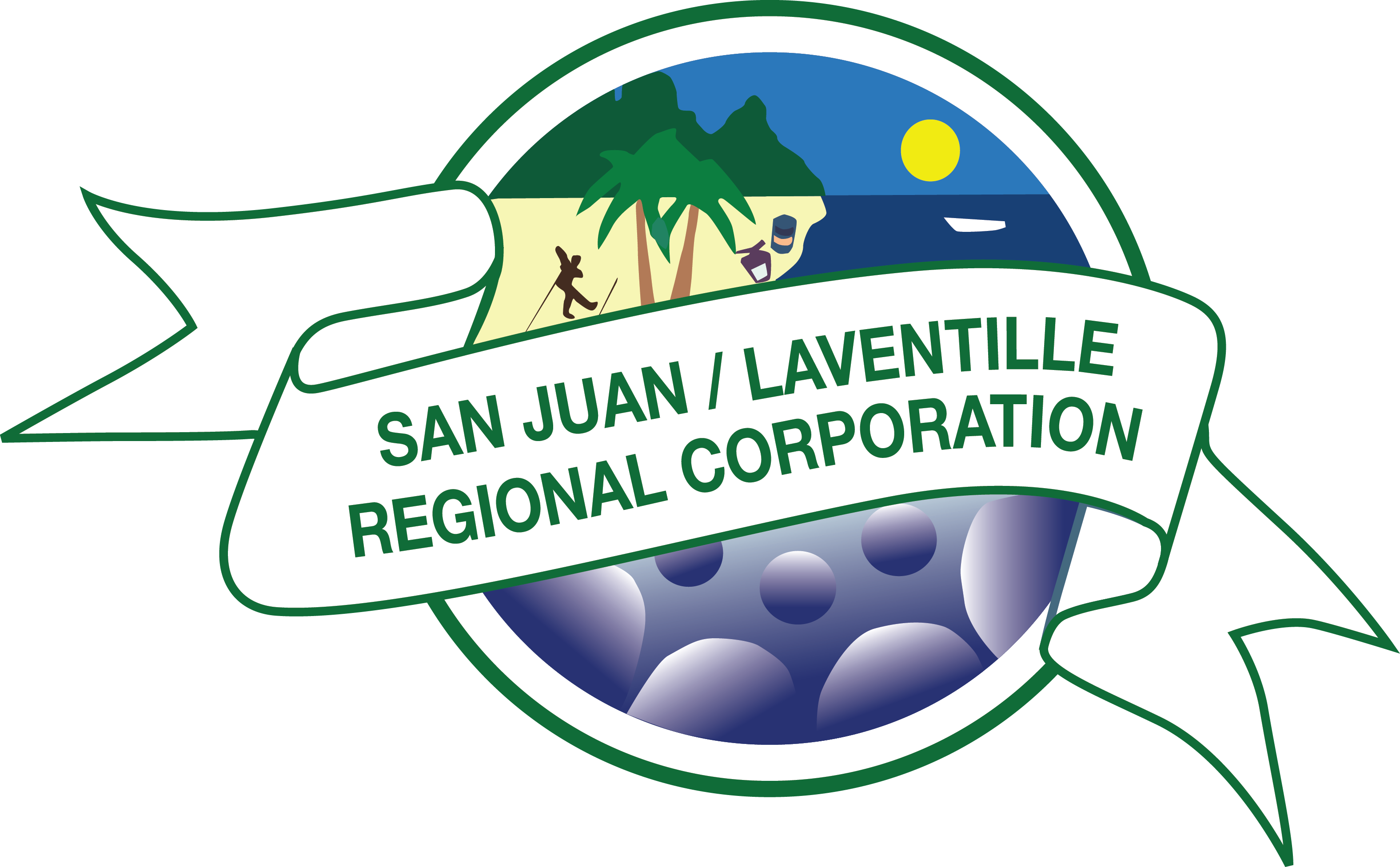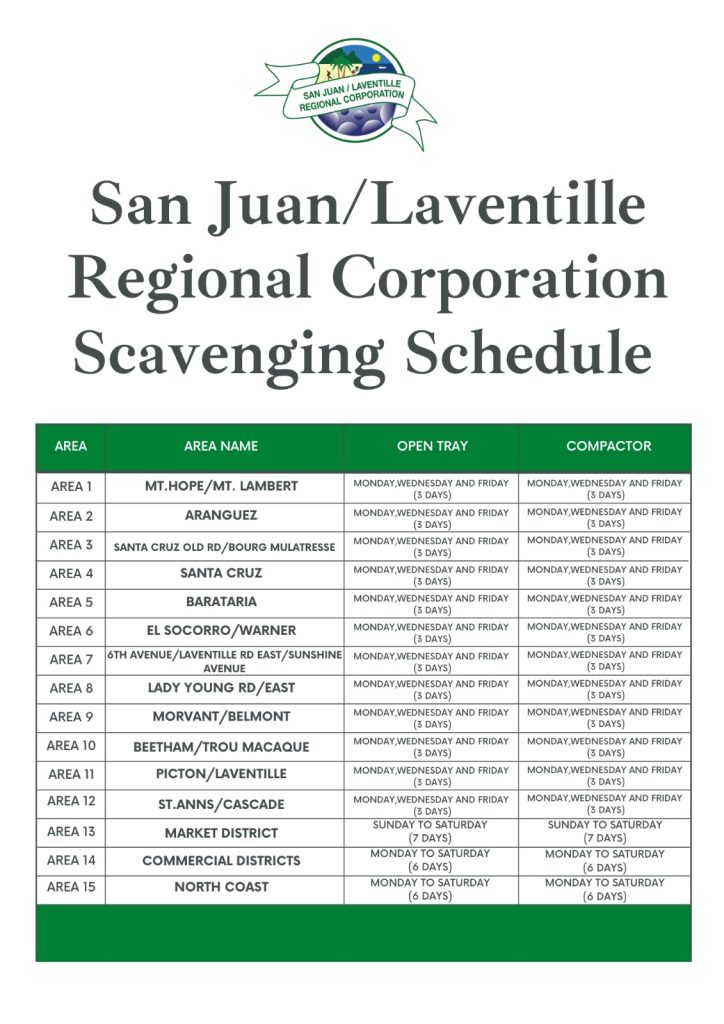Later in 1992, San Juan and Laventille was merged and officially became as what we know it as today, with its boundaries expanding to Maracas at the western end of the North Coast, and La Filette on the North East. Its southern boundaries include Sea Lots and Beetham Gardens on the south west, the Caroni River on the south, and the Solomon Hochoy Highway, bounding Mount Hope on the South East.
This new Corporation was established from a subdivision of the resources of its predecessor, the St. George County Council established in 1967, and later the St. George West County Council, established in 1980.
At the point of its establishment, the offices of the Corporation were located at the PTSC Building in Laventille, located between the Beetham Highway and the Priority Bus Route.


